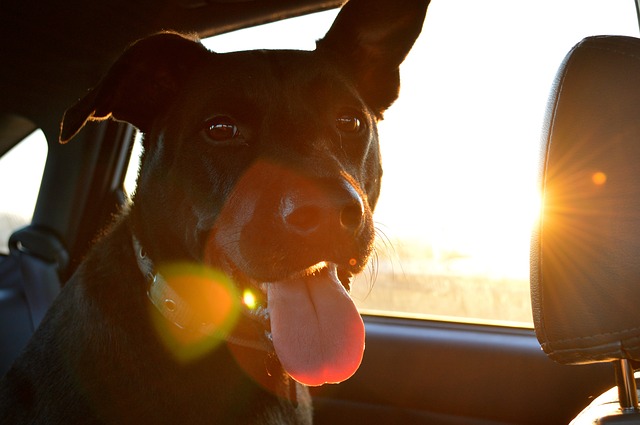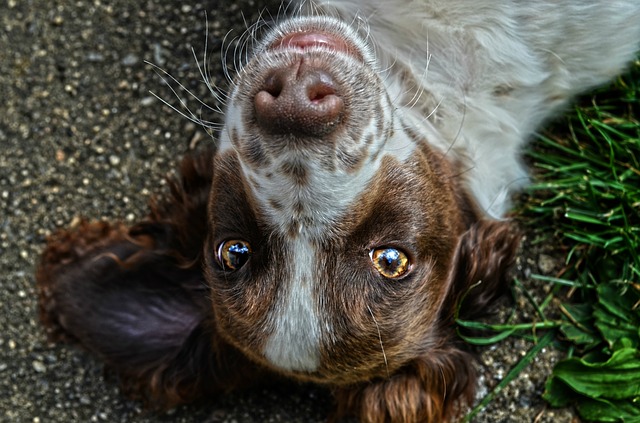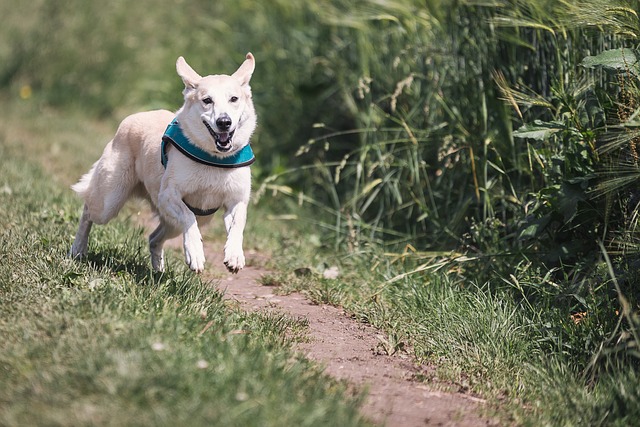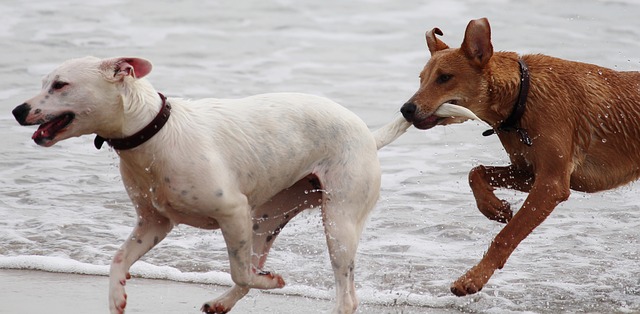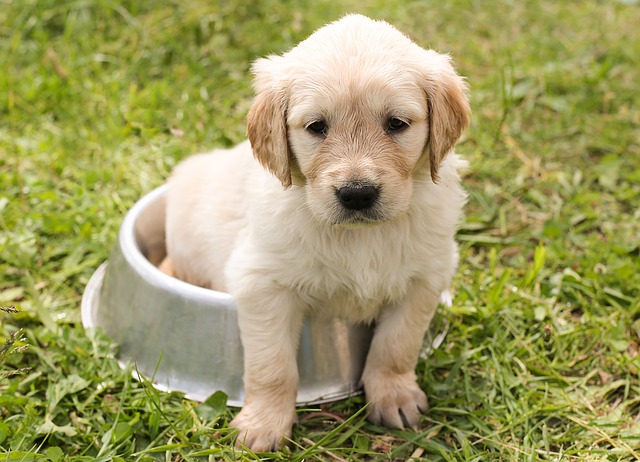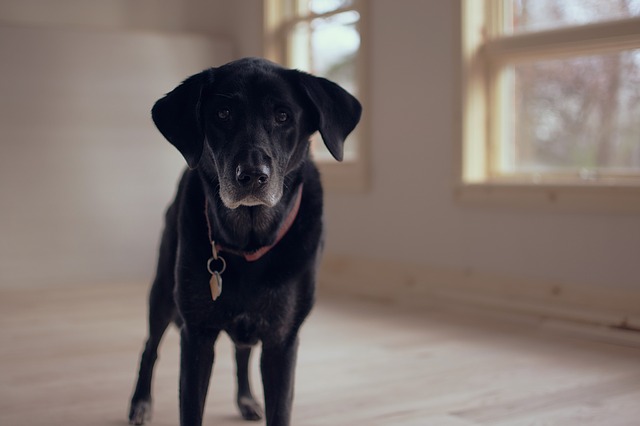It’s that time of year again when you’re thinking about what presents to buy your friends and family. And for most dog owners, this includes their furry friends too!
Knowing what to buy your dog for Christmas can be a challenge, especially if they get bored easily! To give you some inspiration, we’ve rounded up our top 10 Christmas toys to keep your pup happy and amused.
Rosewood Plush Comfort Christmas Rudolph Reindeer Dog Toy is super soft and includes a squeaker to help entice active play. It is also perfect for a cuddle in front of the fire.
Happy Pet Christmas Rope Wreath Dog Toy is great for dogs that love a game of tug of war! The tough rope is ideal for chewers and it will keep your dog entertained for hours, perfect for when you need to take a rest from the days excitement.
House of Paws Christmas Sloth Dog Toy is fun and super soft with an internal squeaker for dogs that enjoy playtime and cuddles. It’s long arms allow dogs to carry it around the house so they can show off their new friend to all of the family.
Kong Christmas Cozie Reindeer Dog Toy has a unique extended body with arms wide open for frolicking rounds of tug, toss and fetch. Its extended body is long making it great for shaking and flopping, while a low-toned squeaker sparks natural instincts and prolongs playtime.
Kong Christmas Whoopz Penguin Dog Toy is great for a game of fetch indoors. Its spongy texture and floppy body inspire an explosion of thrashing and shaking play.
The Snowdog Hug Tug Dog Toy is super soft and cuddly with rope legs for added tugging fun. It’s sure to become one of your dog’s favourite toys over the festive period.
Cupid & Comet Christmas Silver Unicorn Dog Toy is a gorgeous gift for your furry friend. This smiley unicorn will look adorable in your pup’s mouth when greeting you at the door. Made from high quality soft plush material, this toy is perfect for cuddling. Complete with a hidden squeaker, it’s guaranteed to get tails wagging for some fun play time.
House of Paws Christmas Goose Dog Toy isn’t for eating, it’s for cuddling! This cute and super soft toy is an ideal companion for your pup on cold winter nights.
Good Boy Santa Hedgehog is a fun and exciting fetch toy for dogs. It features a rubber outer ball with nubs, ideal for massaging gums and promoting good dental hygiene. Internally is a plush, super soft cuddly hedgehog made with high quality soft materials acting as a comforter, so your dog can both play and snuggle.
Happy Pet Naughty or Nice Elf Dog Toy is a cheeky gift and is sure to be your dog’s best friend this Christmas. Which elf will you get? Has your pup been naughty or nice?
To shop all of our Christmas toys visit animeddirect.co.uk/christmas-shop
Will you be buying your dog any toys this Christmas? What’s topping your wish list at the moment? We’d love to hear what your dogs might be getting this Christmas so let us know in the comments below!


